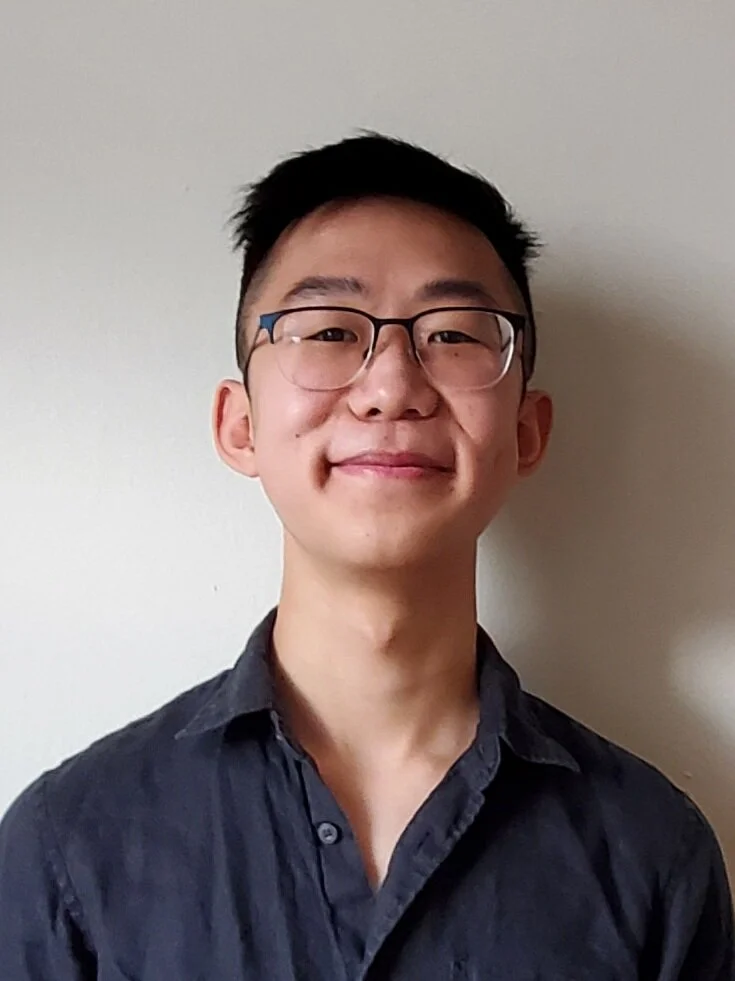Jonathan WuWong
School: TheUniversity of Chicago
Majors: Linguistics and Visual Arts
DOI: https://doi.org/10.21985/n2-6e1d-r376
Biography:
Jonathan is a third year undergraduate student at the University of Chicago. He is a double major in Linguistics and Visual Arts. He works for Kat Montemurro and Lenore Grenoble as a Linguistic Research Assistant. He is interested in language contact as well as endangered language preservation and Tungusic languages. In his free time, he enjoys glassblowing and playing the harp.
Who has the Power? A Semiotic Analysis of Chicago’s Chinatown Linguistic Landscape
Abstract
As previously demonstrated by the work of Lou (2016) and Gorter (2006), the “linguistic landscape,” the network of signage and displayed text, can give insight into the cultural dynamics within an area. From this basis, I hypothesize that Chicago’s Chinatown will similarly illustrate decisions on what signs are created, who can read them, and for whom they serve, reflecting the decision making power of the presiding group. In this study, I examine the distribution and significance of the signage within Chicago’s Chinatown in order to determine the dynamics between the various linguistic groups found within the area (both resident and visitor alike). I took and analyzed around 450 pictures in the fall of 2019 of the Chicago, IL Chinatown and the surrounding area for my research. Their significance was examined through a number of lenses (language, intended audience, writing system, method of production, layout, etc.) Not only was Lou and Gorter’s frame of analysis found to be useful, but I also found suggestions of three distinct groups that vary in linguistic accessibility: 1.) following S Archer Ave, W Cermak Road, and S Wentworth Ave, 2.) clustered around 23-25th Streets between S Archer Ave and S Wentworth Ave, and 3.) placed on 26th Street and the southern portion of Archer. With seemingly different intended audiences, each grouping of signage exposes the effects and relationships that visitors to Chinatown have on its residents. Furthermore, I attempt to draw preliminary conclusions about how the languages of Chinatown’s signs suggest the varying levels of social power and sense of belonging that Chinatown’s inhabitants experience. By examining language on display, I will attempt to provide a new framework for future research in analyzing linguistic dominance.
References
[1] Gorter, D. 2006. Introduction: The study of the linguistic landscape as a new approach to multilingualism. International Journal of Multilingualism,
[2] Lou, J. 2016. [beginning of] Conceptualizing linguistic landscape. The Linguistic Landscape of Chinatown: A Sociolinguistic Ethnography. Multilingual Matters.
Author Q&A
What is your research topic, in a nutshell?
I analyzed the signage of Chicago’s Chinatown.
How did you come to your research topic?
I was introduced to the idea of Linguistic Landscapes in Prof. Amy Dahlstrom’s class. And I wished to expand these ideas in the context of Chinatowns and Chinese languages.
Where do you see the future direction of this work leading (how might future researchers build on your work or what is left to discover in this field)?
I hope that there will be more developments in ways to analyze language use that includes printed and written words as cultural artifacts. I also hope that Chinatowns will be seen as abundant sites of innovation.
Where are you heading to after graduation?
I hope to continue doing Linguistics research in graduate school.
